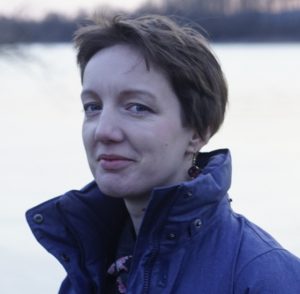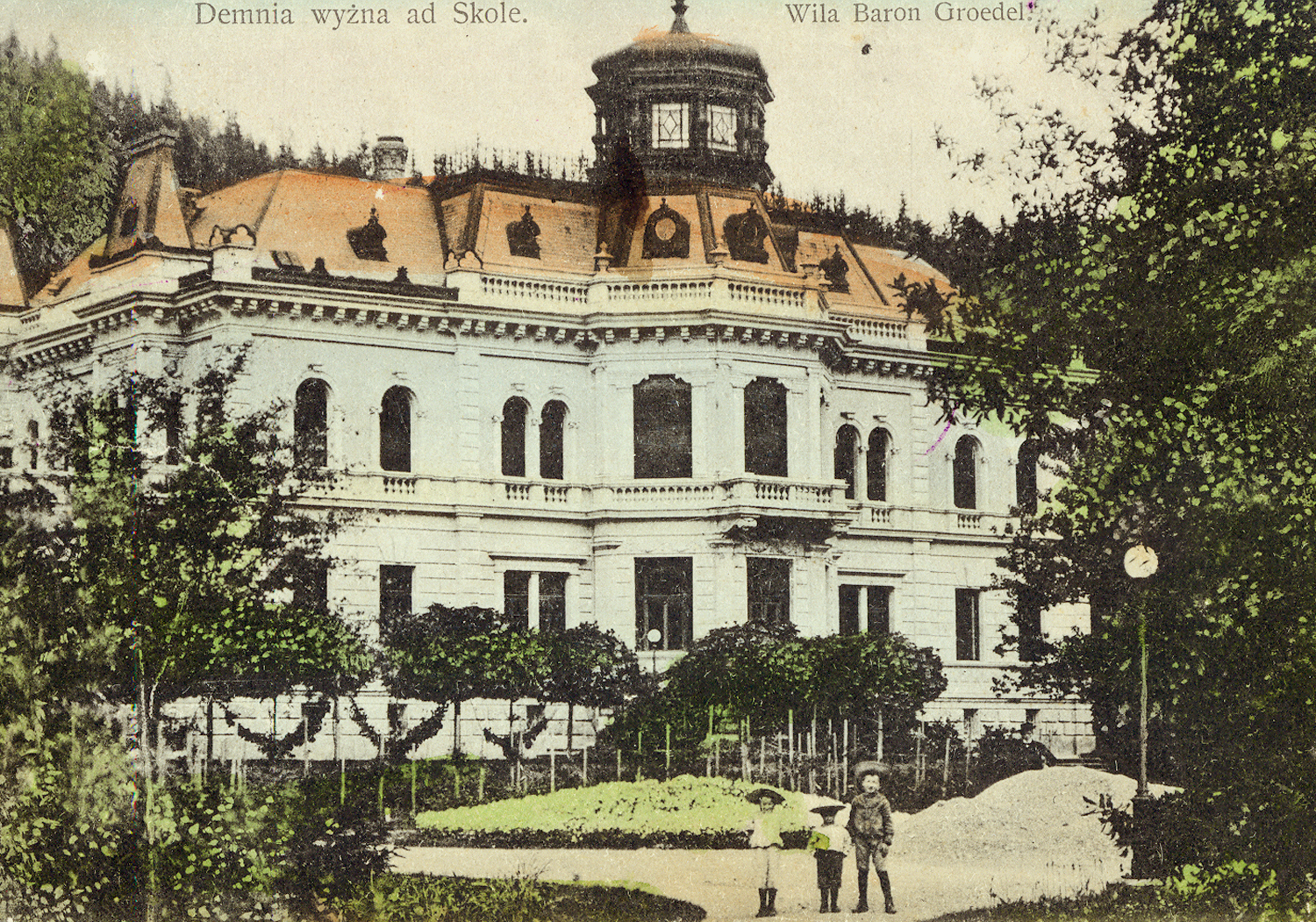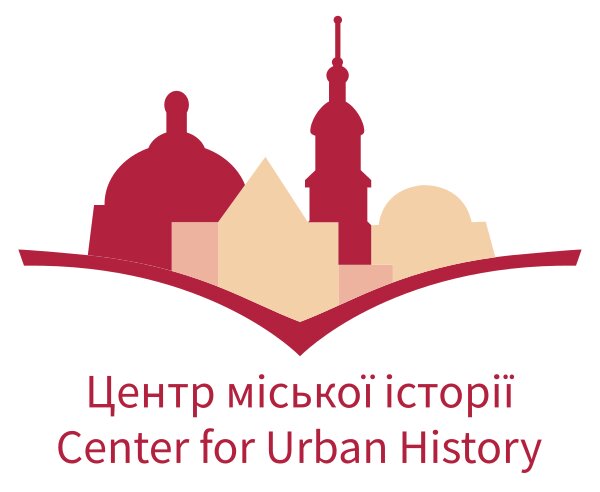Barons and Peasants: Unapparent Jews in the Mental and Physical Spaces of the Carpathians
Dr. Vladyslava Moskalets
Ukrainian Catholic University21.4.2021, 6.30 pm (UTC +3; Kyiv time)
online / zoom / youtube
We invite you to the online lecture by Dr. Vladyslava Moskalets "Barons and Peasants: Unapparent Jews in the Mental and Physical Spaces of the Carpathians". The lecture is part of the program "To Mountains From a City: Imagining Carpathians in Arts and Culture".
When imagining the Carpathians, Jews, known to be mostly urban dwellers, are not the first to come to mind. Precisely for that reason, it is all the more rewarding to look at this region more closely and reveal less familiar aspects of Jewish life and interaction. We learn about them from others, for example from reporters in the interwar period who describe and photograph these “unusual” Jews working on the land and living a peasant-like life in various parts of Transcarpathia and Sub-Carpathia. Another example of unexpected acculturation albeit of a very different social context was the case of the ennobled Groedel family, owners of the palace, and the hunting grounds in the town of Skole. The Jewish presence in the Carpathians was part of local folklore which found its most vivid expression in the legends related to Baal Shem Tov, the founder of Hasidism. The Carpathians thus problematize our imagination about the life of Jews in Galicia and encourage us to ask new questions on the contacts and mutual impact.
The event will be delivered on an online platform zoom. To join the discussion, please, register.
Live streaming on Youtube will be available.
Working languages: Ukrainian and English. Simultaneous interpreting to/from Ukrainian will be provided.

Dr. Vladyslava Moskalets
Ph.D. in Humanities, a senior lecturer at the Department of Modern and Contemporary History of Ukraine at the Ukrainian Catholic University, a coordinator of the Jewish Studies Programme at UCU.
The lecture series and the international conference "To Mountains From a City: Imagining Carpathians in Arts and Culture" are organized by the Center for Urban History (Ukraine) and the University of St.Gallen (Switzerland).
Credits
Сover image: Baron Groedel Palace, 1930s. Collection: Ihor Chudijovych // Urban Media Archive of the Center for Urban History


